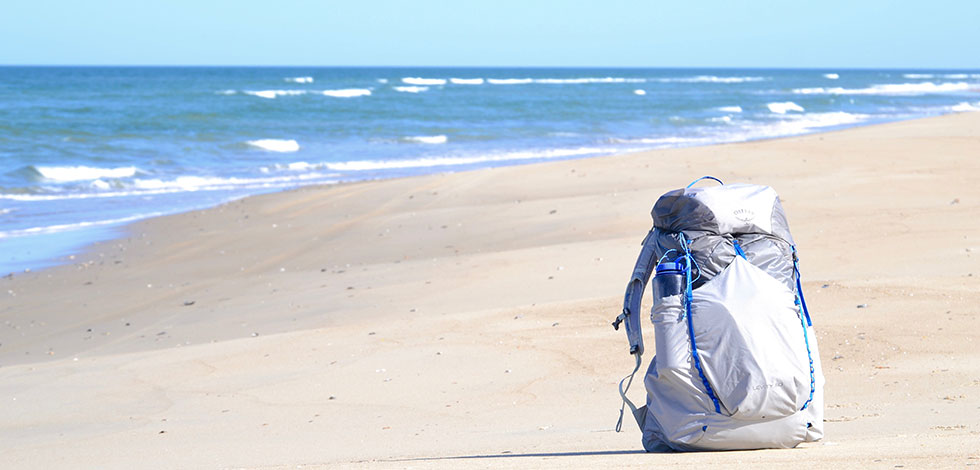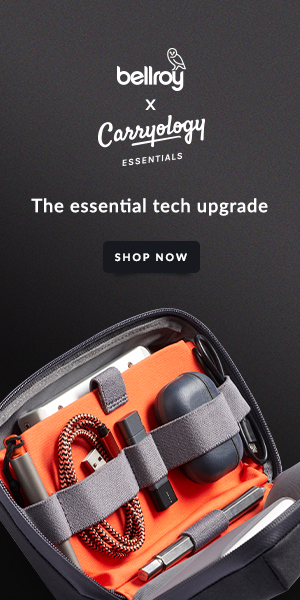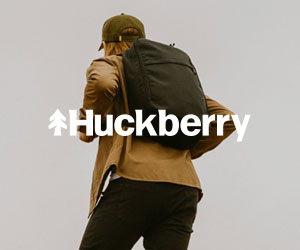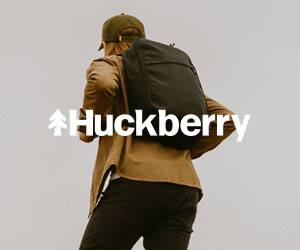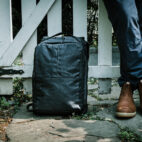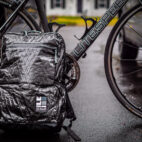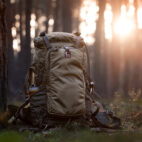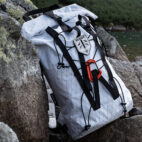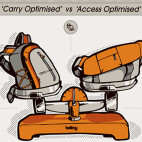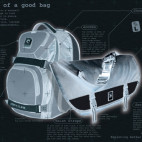Drive By: Osprey Levity 60 Backpack
I don’t mean to be alarmist, but the future is here. Innovations in textiles like DFC and other UHMWPEs have the graph of average fabric weight per square meter dropping like a fine downhill grade. Textile improvements affect everything from outerwear to sleeping bags to backpacks. Lighter. Smaller. Less. In the outdoor gear world, this means insulating layers weigh less, pack smaller, and keep you warmer. Ultimately, your pack won’t need to hold as much weight, and they won’t weigh as much themselves.
Enter the ultralight movement, where less is more. Home of the super ultralight circus that is Dremeling holes in your tooth brush, and where using a poncho/shelter/ground cloth is seen as an act of great distinction. Need a pack to carry the things you measure in grams? Check out the Osprey Levity.
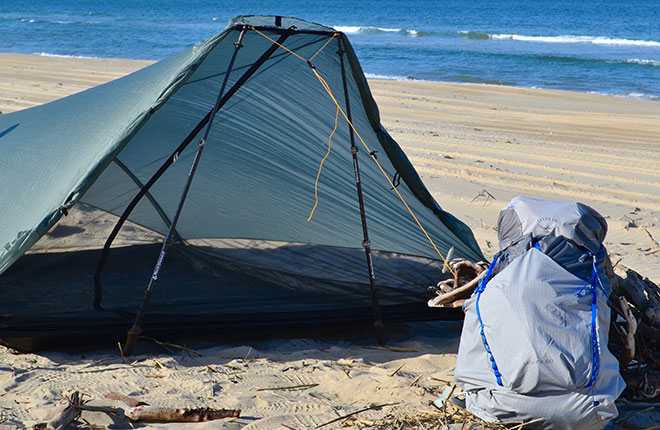
Who It Suits
It’s niche for sure, and Osprey advertises it as such with an 11 kg/25 lb. load rating. If your base weight is less than 12 pounds, you might want to check this out.
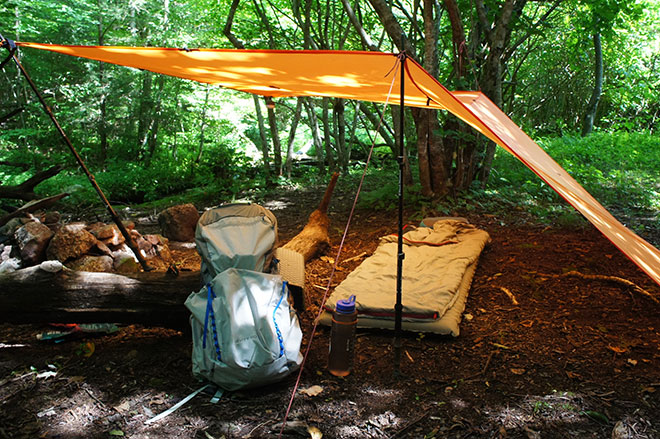
Who It Doesn’t
To be blunt—most people. It’s not burly enough to handle the average person’s multi-day needs.
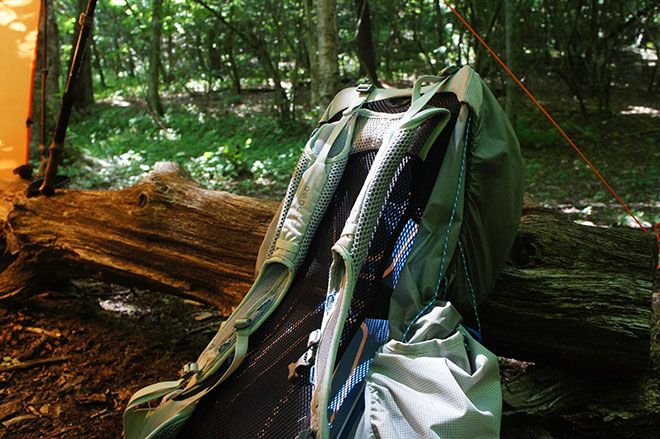
Specs: (large)
Weight: 920.34 grams / 2.03 pounds
Material: 30D Cordura™ Silnylon Ripstop, NanoFly™ 210D Nylon X 200D UHMWPE
Dimensions: 76.99H x 40.01W x 32.99D cm / 30.31H x 15.75W x 12.99D in.
Volume: 3844 cubic inches / 63L
Pockets: 1 zippered top, 3 exterior stuff pockets, 1 large main compartment.
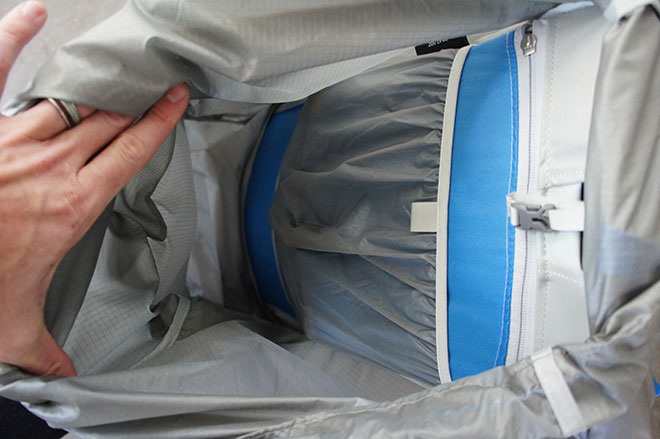
The Good
In short, it’s very light. When the pack was delivered, I had to shake the box to make sure it was in there. Osprey developed their own Ultra High Molecular Weight Polyethylene (UHMWPE) for this pack called NanoFly™ as a more durable exterior fabric. The NanoFly™ fabric has a good handfeel to it and feels substantial without being crunchy.
“If your base weight is less than 12 pounds, you might want to check this out.”
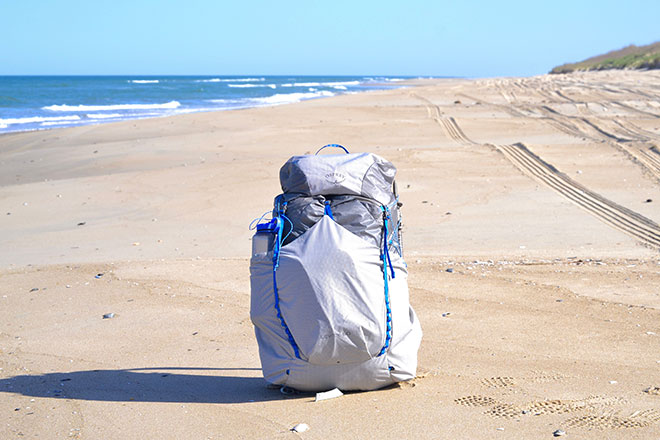
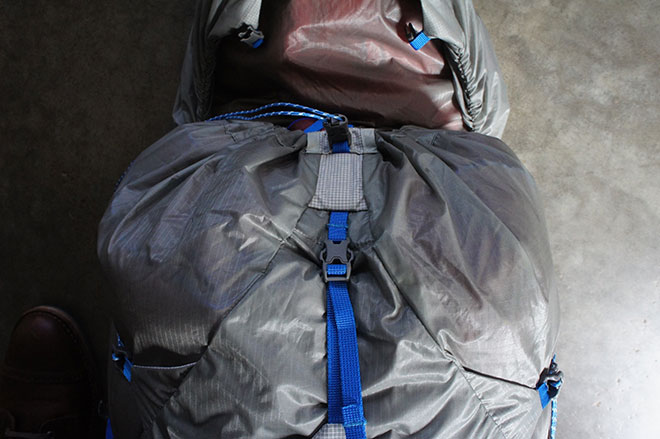
The patterning at large is attractive and well thought out. Attention to detail—like the triangular tabs that O-rings and cord locks are sewn to and the stretch woven fabric between the exterior 210D and the interior 30D to form the sidewalls of the exterior stuff pockets—is not unnoticed.
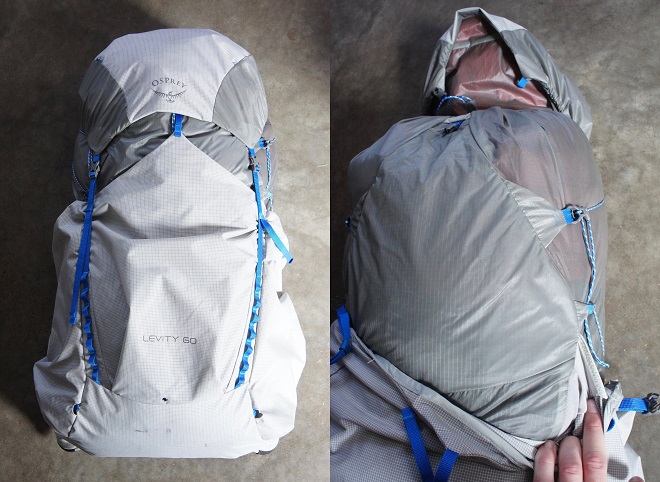
The exterior pockets are big. Layers, tarps, jackets, wet stuff, snacks—whatever. There’s enough exterior volume to pack an overnighter. Grommets on the bottom should relieve your worries about moisture management.
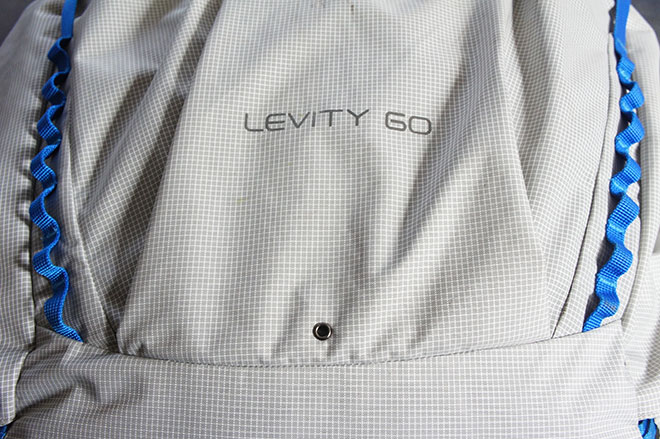
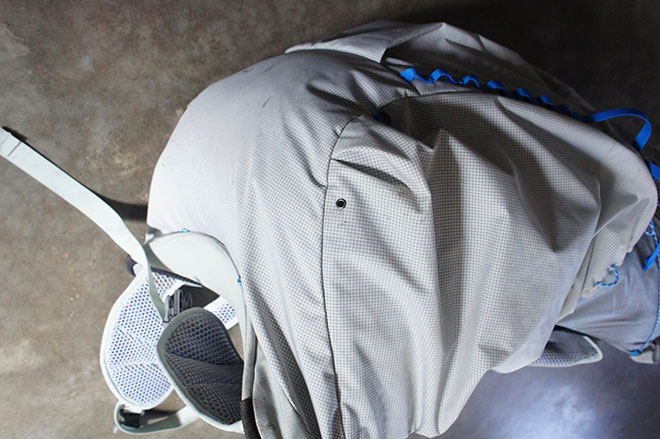
I could write at length about the suspension of the Levity. Osprey designers are truly the masters of the trampoline. Traditional tramp suspensions have a rigid, continuous curved frame, a radian if you will, with mesh fabric stretched over the dead space. The advantage of this is ventilation, but at the cost of moving the load farther away from your center of gravity. Secondly a radian (C-curve) isn’t a good representation of the human spine. This can create higher pressure points at the shoulder and lumbar if the pack isn’t padded correctly.
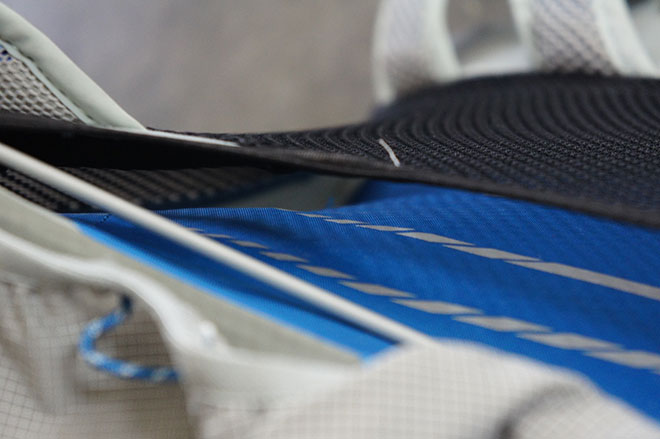
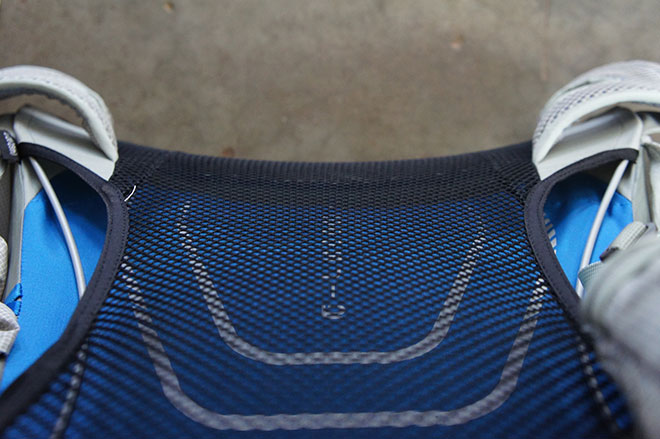
Osprey designers managed to create a more ergonomic rolling frame that better represents the S-curve of the human spine. The back panel of the Levity which the mesh trampoline is stretched over floats, nay, levitates at a roughly constant height above the wearer’s back and provides enough room for cooling airflow while minimizing the effects of moving the load away from your center of gravity.
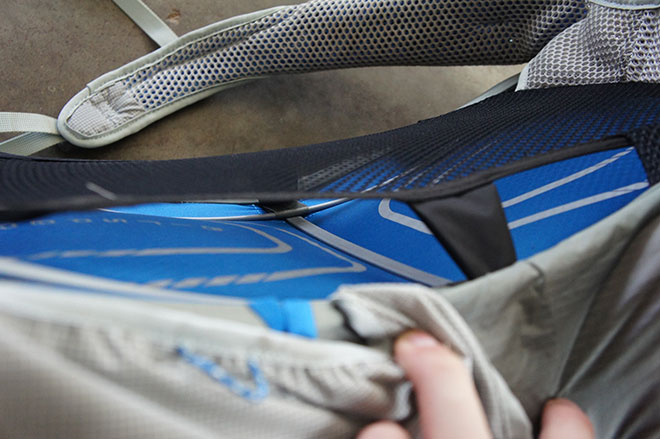
“Osprey designers managed to create a more ergonomic rolling frame that better represents the S-curve of the human spine.”
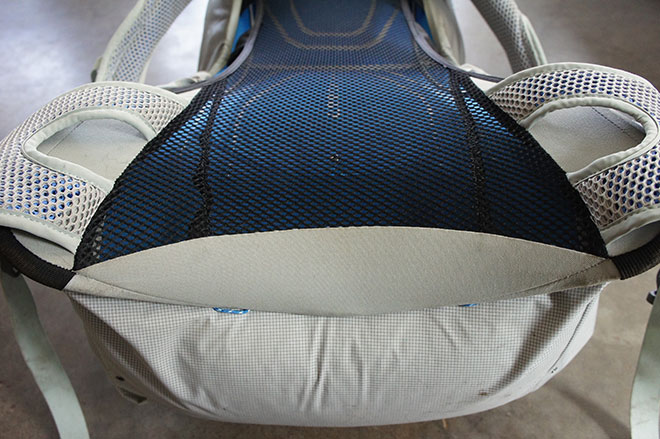
The Not So Good
It’s pretty delicate. I’m not crazy rough on my outdoor goods, but I did manage to puncture the 30D ripstop somehow. Not a big deal, but you do need to be delicate with this one.
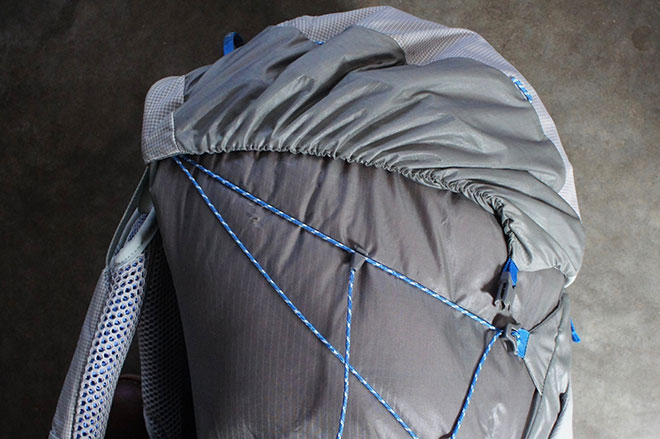
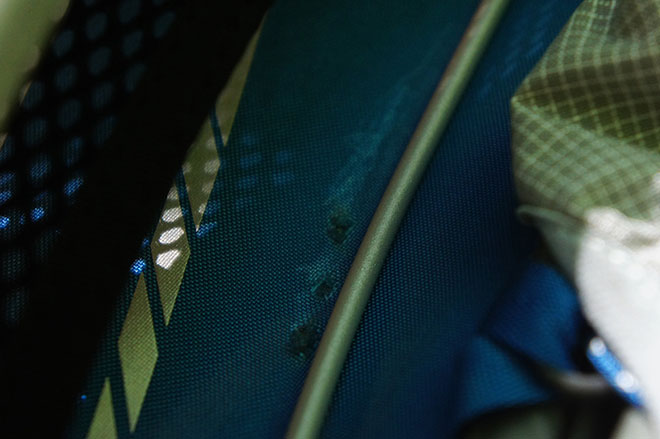
I have mixed feelings on the compression. I was using the 60L variant and had plenty of extra space in the main compartment and couldn’t get enough compression around the load. It’s smart, but I can’t get enough purchase on the cord lock to make good use of it.
“I’m not crazy rough on my outdoor goods, but I did manage to puncture the 30D ripstop somehow. Not a big deal, but you do need to be delicate with this one.”
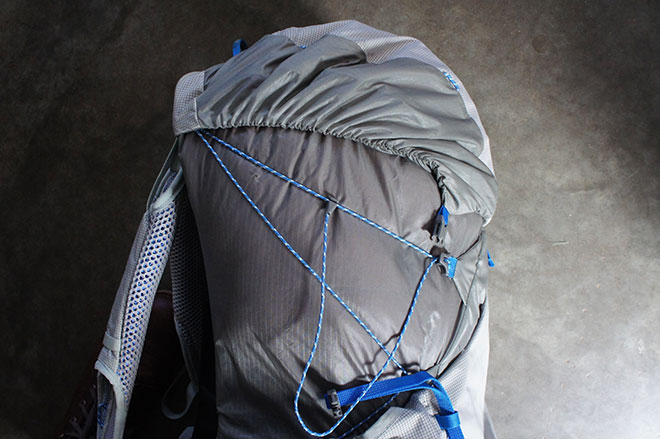
The lid is fixed. And enormous. I’d prefer the option to ditch the lid, or at least put my personals in there to drag into the tent at night. Beyond that, it’s huge and flops around a bit when moving downhill quickly. I made the mistake of putting my phone, keys and wallet in the lid and thought for sure my phone would be in pieces when I finally made it back to the trailhead. It easily swallows a 1.5-liter Nalgene and then some—pack accordingly.
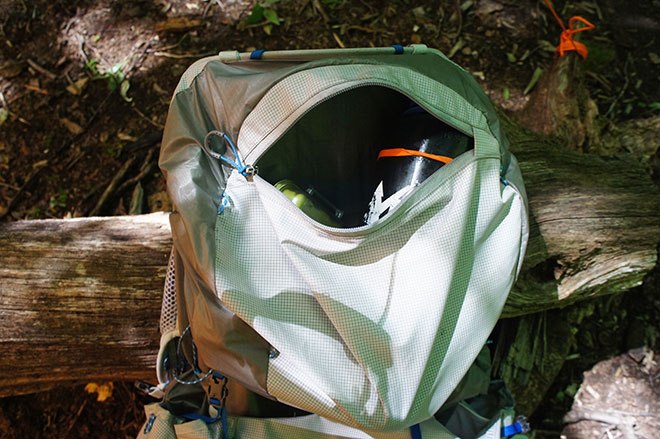
The side pockets are tough to work a Nalgene into while wearing the pack. The rigid frame prevents reasonable ease of the side access point and the top access was just out of reach for me. You’ll have better luck with a Smartwater bottle on the side access.
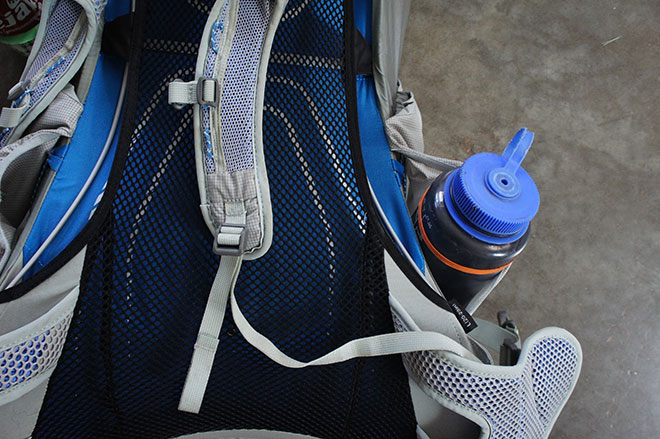
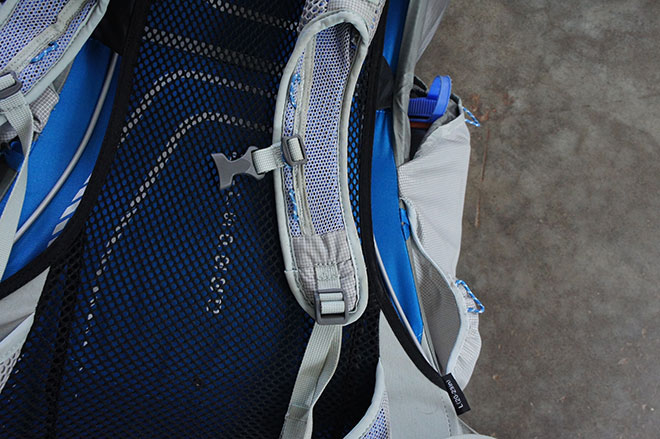
I deeply miss a hip belt pocket. The absence of even a shoulder strap pouch was disappointing. If I’m hiking, I don’t want to have to finagle with my pack to get at my odds and ends. The Levity gives you no choice, unfortunately.
“I have mixed feelings on the compression. It’s smart, but I can’t get enough purchase on the cord lock to make good use of it.”
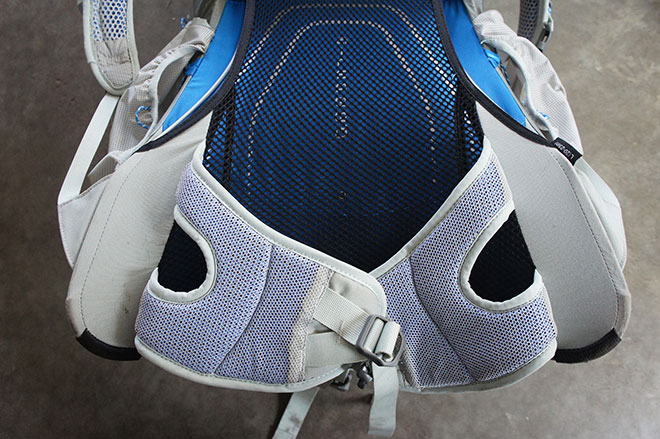
Alternatives to Consider
The closest thing I can figure is the Zpacks Arc Blast, which retails at $55 USD more, saves 300 grams, but doesn’t have a lid. It’s really only a comparison in terms of weight and suspension—even then, I think the Levity stands a head above the Arc Blast in comfort. Moving outside the cottage brands you’ll find a full ventilated suspension from Gregory in their Optic 58, which is over a half pound heavier. And that’s it—this is a good example of a pack that stands nearly alone in its category.
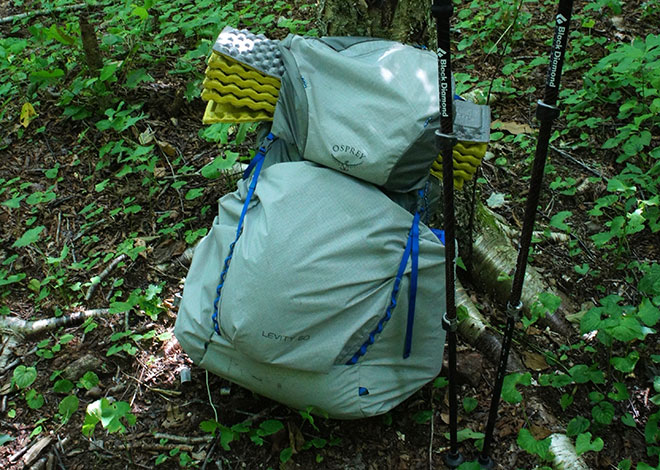
Verdict
I am really glad to see Osprey leading the “mainstream” charge into the UHMWPE/UL market for packs. It’s been dominated by cottage brands, and the technology that a larger company is able to introduce shakes up the game a bit.
The suspension on the Levity is a thing of beauty. If you geek over design, grab a pint and really dig into the details—the closer I look, the more impressed I am. In the Levity’s case, though, that’s about where my amazement ends. It’s good, don’t get me wrong, but there are some missed opportunities.
If anything, it’s a step in the right direction, and I hope to see other brands follow suit.
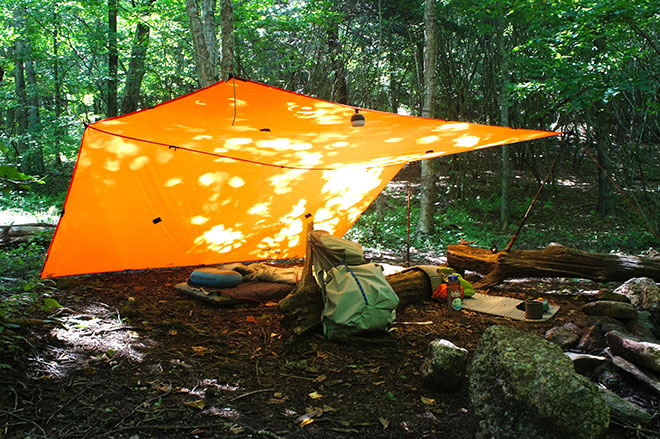





 Carry Awards
Carry Awards Insights
Insights Liking
Liking Projects
Projects Interviews
Interviews
